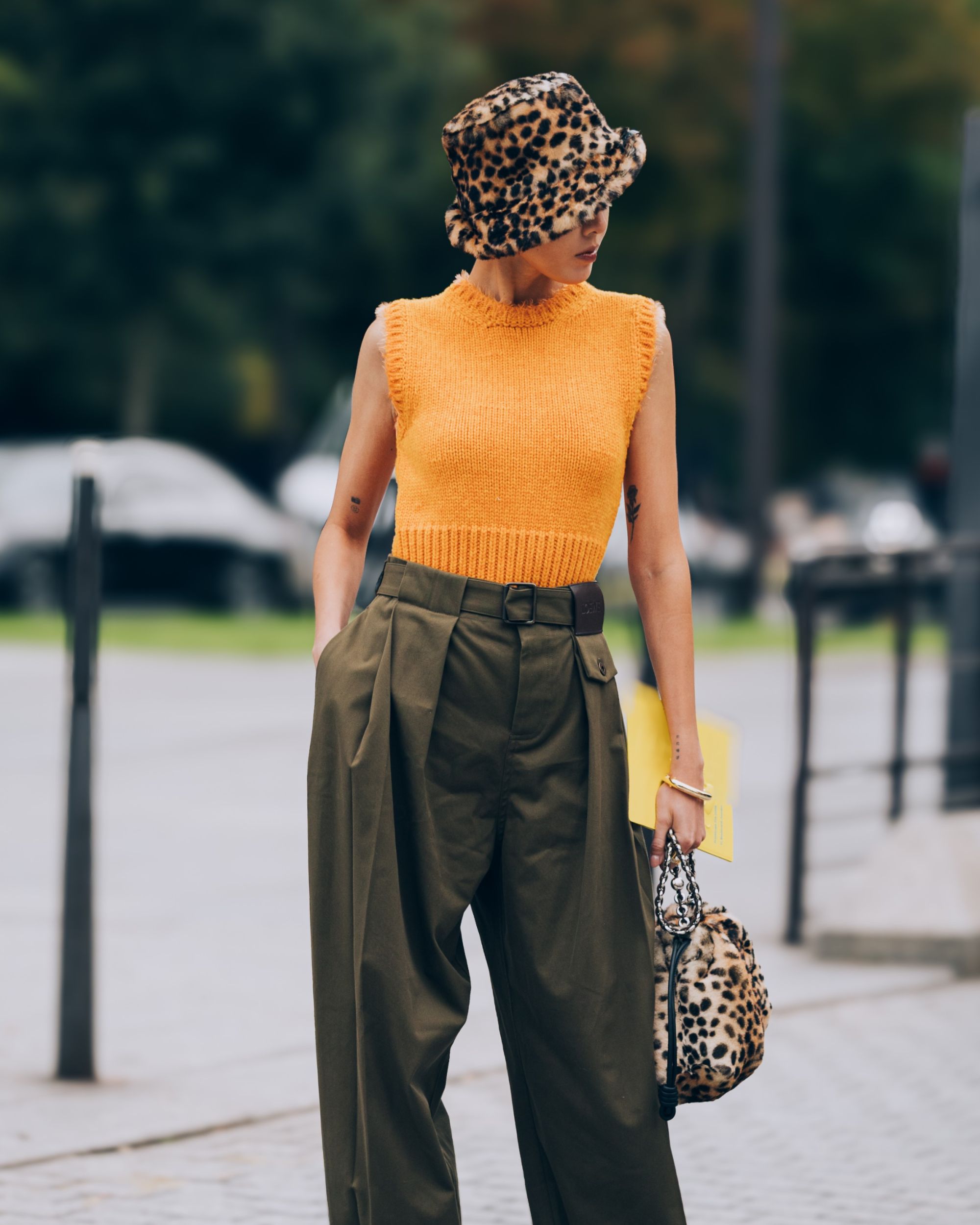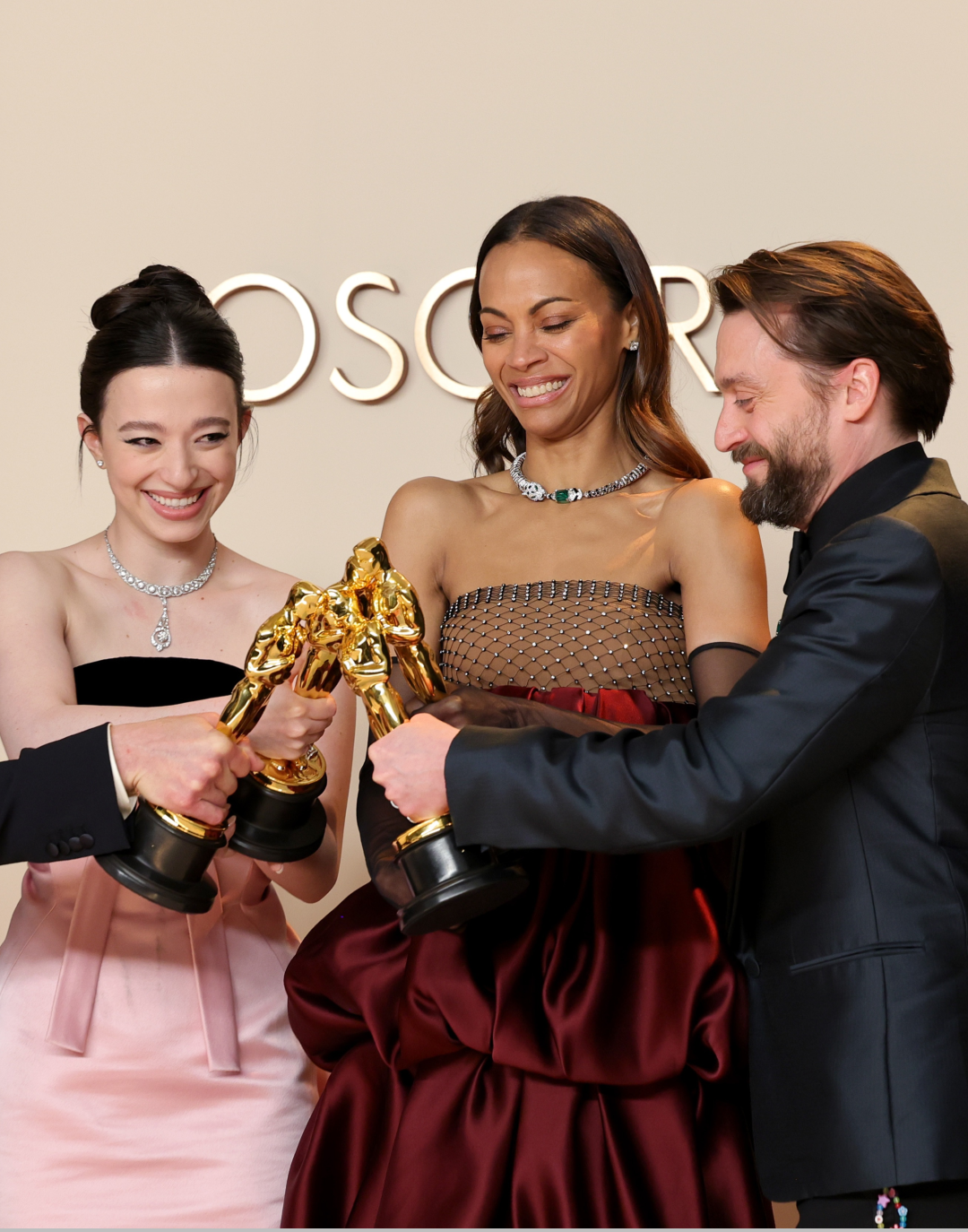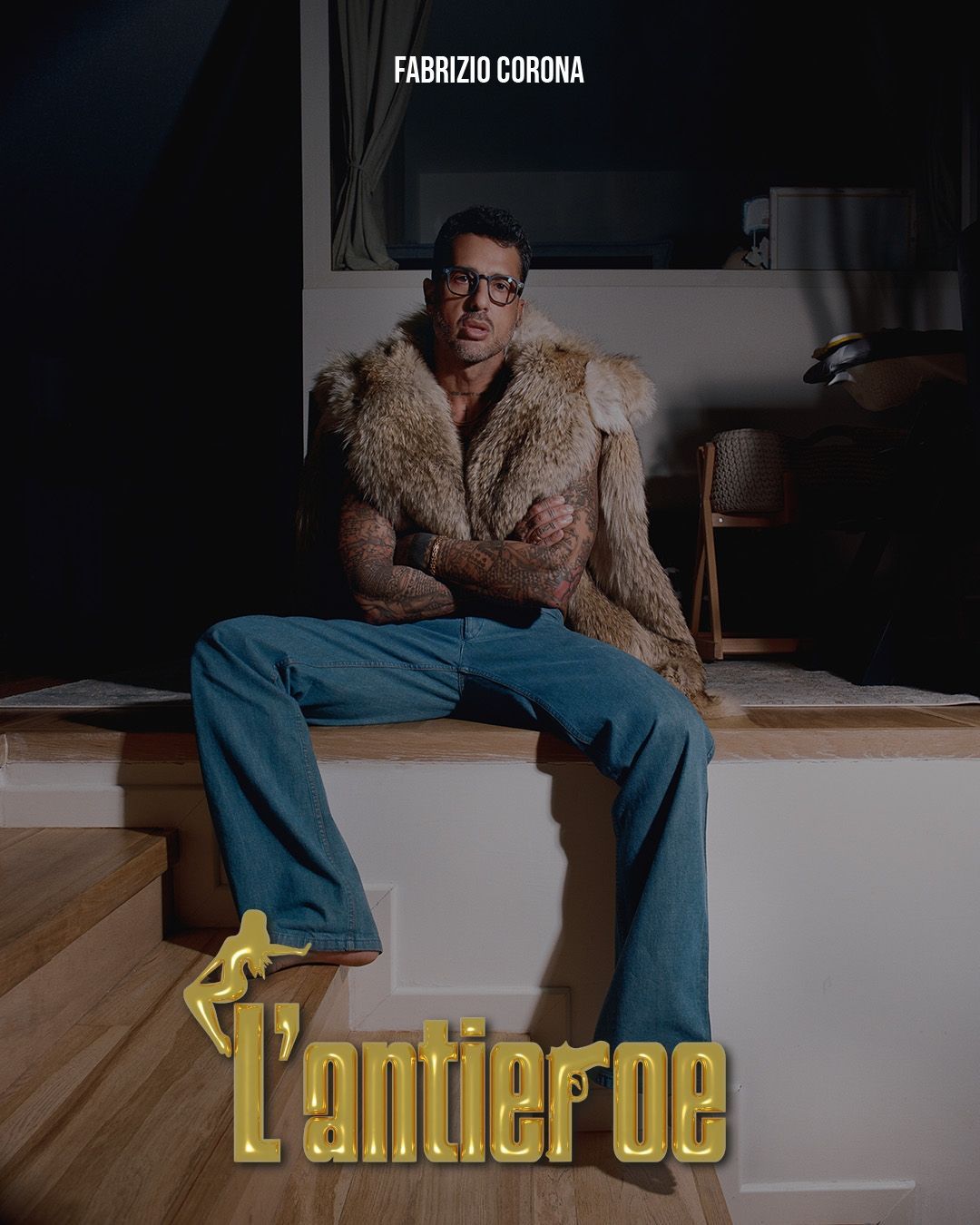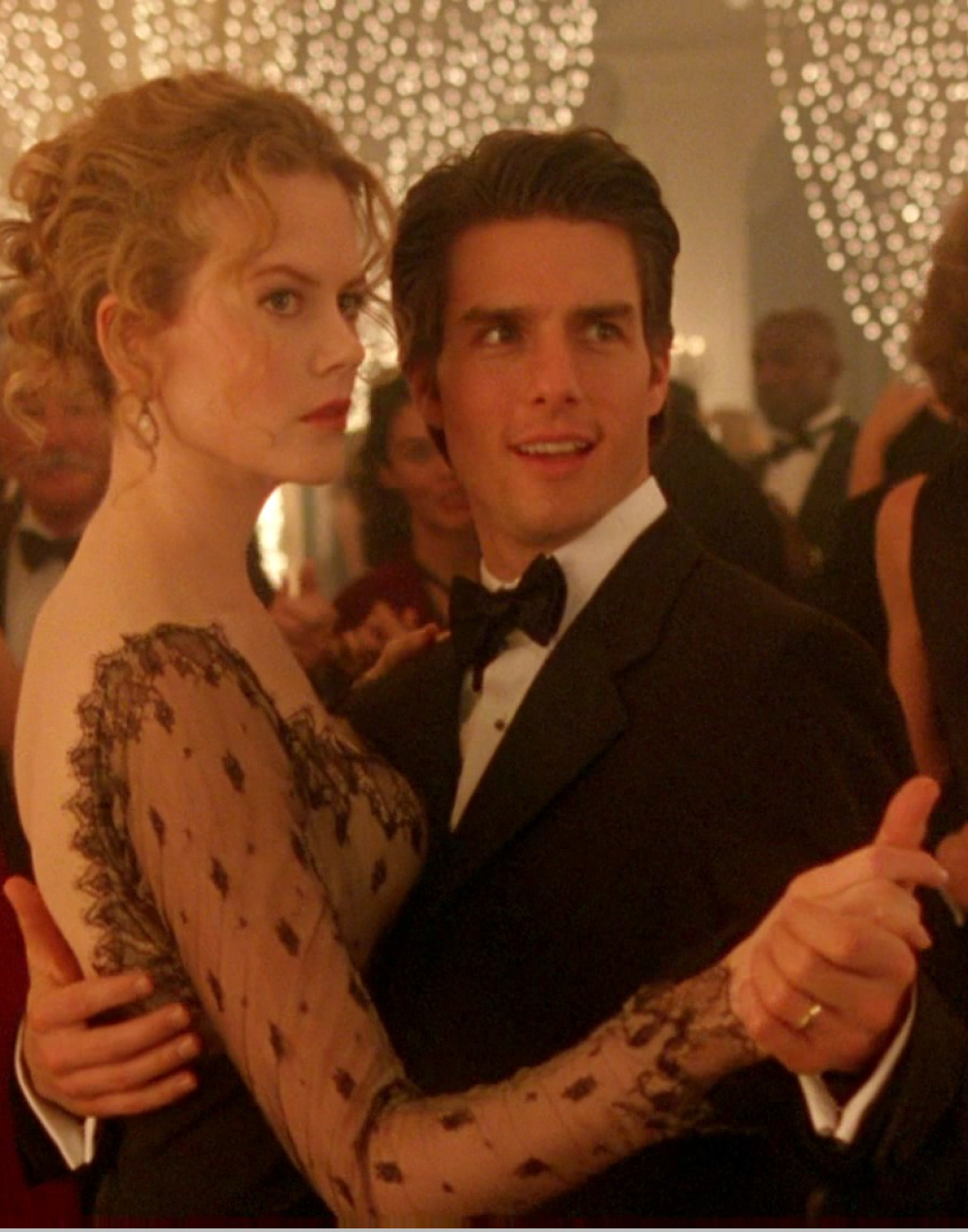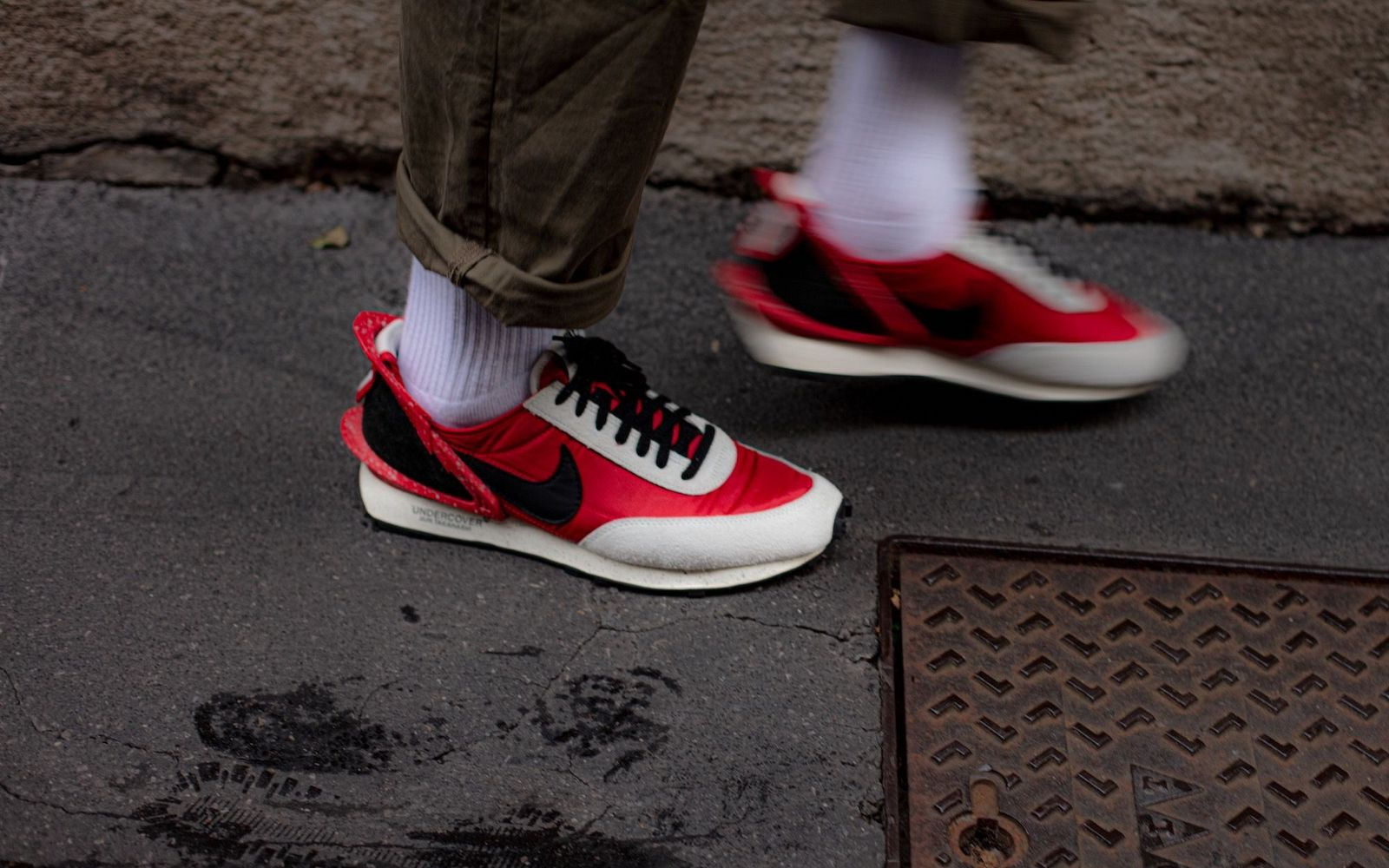
Should fashion brands fight or collaborate with NFT artists? Artist Mason Rothschild has responded harshly to Hermès' allegations of falsification
UPDATE 04/01/2022: According to artist Mason Rothschild on Instagram, Hermès sent a cease & desist letter to him and the OpenSea platform to prevent the creation of further NFTs in the shape of Birkin Bag. Rothschild wrote three open letters, addressing the brand, the OpenSea platform and its community to voice its discouragement at the removal of its highly successful NFTs from the online marketplace. Of course, the most interesting part of his message is the one addressed to the French brand, which says:
«MetaBirkins is a playful abstraction of an existing fashion-culture landmark. MetaBirkins are also a commentary on fashion’s history of animal cruelty. […] When it come to art, selling my MetaBirkins is akin to selling them as physical art prints. […] There is a moving tide of innovation and evolution, and it is your role as a fashion powerhouse to amplify young creatives and artists rather than stomp them out. […] You can be a part of an incredible movement».
In the subsequent open letter to OpenSea, the artist would then seem to indirectly confirm that no legal action has been taken while in the letter addressed to his community, Rothschild describes the story as an epochal crossroads in which online art creators can defend their artistic prerogatives or give in to the immense legal resources available to multimillion-dollar companies such as Hermès. In fact, in the recent history of fashion, there are virtuous precedents to this difficult situation: in the early years of Alessandro Michele's tenure, in fact, Gucci began to clash with artists who used his name or his branding such as Gucci Mane or the artist GucciGhost, only to then decide to integrate their work into their official collections, with huge economic returns. It is well known that, compared to these types of innovative collaborations, Hermès tends to be more conservative than its precious intellectual property - nevertheless, one would wonder at this point if a collaboration with Rothschild could not be more profitable for the brand both in terms of PR and economic return. Since no legal action has yet been taken, however, it is likely that the brand does not want to unbalance too much and everything is still possible
***
In the fashion world there is perhaps no more recognizable item than the Birkin Bag by Hermès. A bag that has become an icon of the most extreme luxury both thanks to its stealth wealth approach of non-logged but recognizable items, and thanks to its scarcity that makes it highly sought after and above all very difficult to obtain, with waiting lists long years. As an absolute icon of luxury, Birkin has become one of the most popular subjects of crypto-art with one artist in particular, Mason Rothschild, who last summer sold an NFT named Baby Birkin for $23,500 – surpassing the price of the physical Baby Birkin. An episode similar to the one that took place with the Gucci bag on Roblox, which cost much more than its physical counterpart. After the sale of the NFT Baby Birkin, Rothschild produced the MetaBirkin, a series of 100 NFTs that reproduced surreal versions of the bag covered entirely in fur sold for a figure that, in Ethereum, corresponds to about $ 24,000 per piece – and all this without the involvement of the brand. Hermès' response, however, was not long in coming: in an official statement the brand stated that «Hermès did not authorise nor consent to the commercialisation or creation of our Birkin bag by Mason Rothschild in the metaverse. […] These NFTs infringe upon the intellectual property and trademark rights of Hermès and are an example of fake Hermès products in the metaverse».
Just sold for 9.9 ETH ($39,600.00) — moving closer to 150 ETH ($600,000) volume traded in just 48 hours. #MetaBirkins pic.twitter.com/t3JiOGQstB
— MetaBirkins (@MetaBirkins) December 4, 2021
Hermès' statement, which at the moment does not seem to be leading to a direct lawsuit, has brought to light a major problem in the NFT market. Already the MetaBirkin originally produced by Rothschild had been the subject of imitations that, paradoxically, also exceeded the selling price of the original artist imitation. It is therefore understandable why Kostyantyn Lobov, partner of Harbottle & Lewis, told the Financial Times that the NFT market is «a wild west», Plus the fact that when you buy a fake via blockchain, you can't get your money back or appeal to legal authorities – the transactions are one-way. And according to the Financial Times, for example, parallel to the growth of crypto art, a black market of crypto-counterfeiters has been born that exploit the shadow areas of blockchain technology (as it is not recognized by banks, the Ethereum currency is not refoundable and above all digital wallets are not linked to a precise legal identity) to create copy-and-paste versions of crypto-art and resell them at stratospheric prices. But, in the absence of legal regulation in this regard, these NFTs are in effect legit fakes - a bit like the Supreme Spain t-shirts that for years have remained on the market exploiting the non-registrability of the original Supreme trademark in Europe leading to a legal battle that lasted years.
@metaversemara because the only thing more valuable than a physical Birkin is an NFT Birkin ##metaverse ##nft ##cryptotok
Material Girl (Bass Boosted) - Saucy Santana
Ewa Abrams, Kering America's general counsel, said the problem of counterfeiting is starting to become a digital and metaverse-related issue with platforms like Roblox that, while not required by law to filter their content, said they were «committed to protecting intellectual property rights». In an interview to Vogue Business, Jeff Trexler, associate director of Fordham University's Fashion Law Institute, said Birkin, for example, is registered and protected as a leather bag, not as an image. A problem that the US Patent and Trademark Office is trying to solve by trying to find legislation that concerns designs that «do not require a physical display screen or other tangible article to be viewable» but there0s another problem:
«The NFT is not the image; it's metadata pointing to the image,” he adds. “The use of the Hermès marks to sell an NFT would legally be considered infringing, but absent Hermès having a presence in the NFT market, it likely wouldn't be seen as a counterfeit. Will [the artists] try to stake a claim to the Hermès mark for NFTs?»











